Many people want a comfortable and energy-efficient home. Most people want a Heating, Ventilation, and Air Conditioning system that can supply warm or cold air when needed. Unfortunately, some devices have become obsolete, wasting energy and directing air into rooms where it is not required. Innovative and smart HVAC systems can reduce this hassle.
By practicing software and hardware techniques, homes can take full advantage of every bit of energy, concentrating air into a specific space and tactically treating every corner of the home. Connectivity and smart systems are changing our world, with systems like conditioning, heating, and ventilation not far behind.
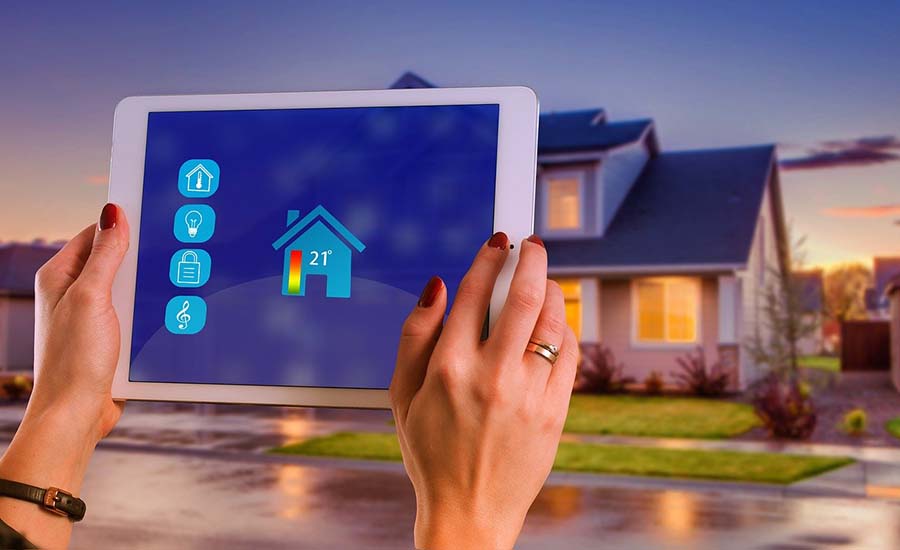
Top 4 smart HVAC systems
| Image | Product | Features |
 | Ecobee smart thermostat with Voice Control | Functions: control heating systems, control cooling systems; Power Source: hardwired; Connectivity Technology wireless: Wi-Fi. |
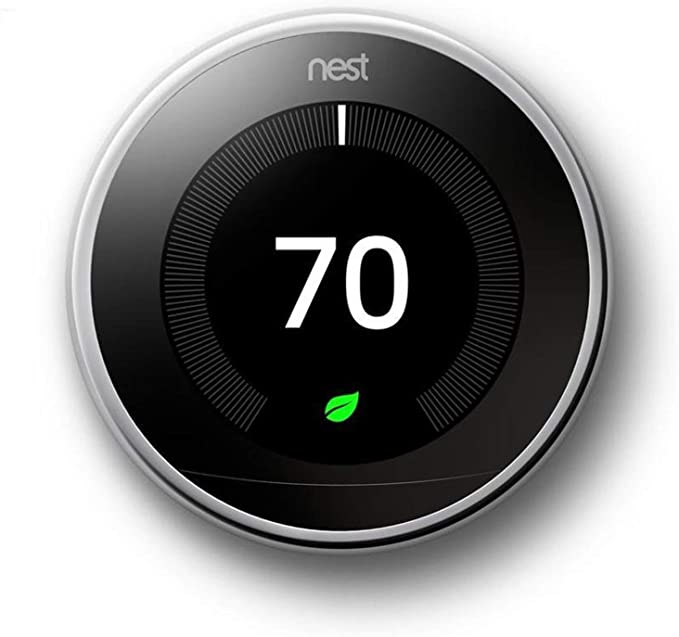 | Google Nest T3019US Learning Thermostat | 480 x 480 resolution; Temperature, humidity, near-Field, and far-field activity, and ambient light sensors; Bluetooth Low Energy efficiency. |
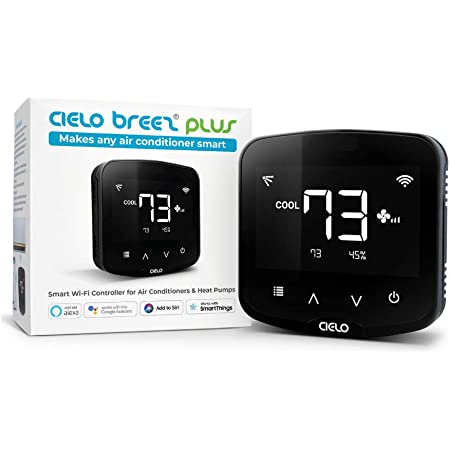 | Cielo Breez Plus Smart Air Conditioner Controller | Temperature displayed: current and setpoint/the desired temperature; Package quantity: 1; App compatibility: yes; Compatible with 24V cooling: yes; Works with Android: yes. |
 | Sensibo Sky, Smart Home Air Conditioner System | Product weight: 2.46 ounces; Product dimensions: 2.76 L x 3.94 W x 4.33 H in; Control method: app, remote, voice; Power Source: corded electric. |
Ecobee smart thermostat with Voice Control
If you are looking for a sleek and convenient way to add voice capabilities to your smart HVAC system home and give you remote access to your HVAC system, then you should strongly consider the Ecobee smart thermostat with Voice Control.

This Wi-Fi thermostat performed very well on its own merits, earning one of the top performances we have seen so far by its good performances in our ease of use, remote access, and installation tests. Throw in the integrated voice control features and the fully-featured voice assistant, and you have a great option for getting your smart home up and running in one fell swoop.
An easy-to-use smart thermostat
The Ecobee we reviewed earlier was easy to install and use, but the fifth-generation models are no different. All Ecobee thermostats are generally compatible with a wide range of central heating, ventilation, and conditioning HVAC systems including heat pumps, two-stage units, and other popular features.
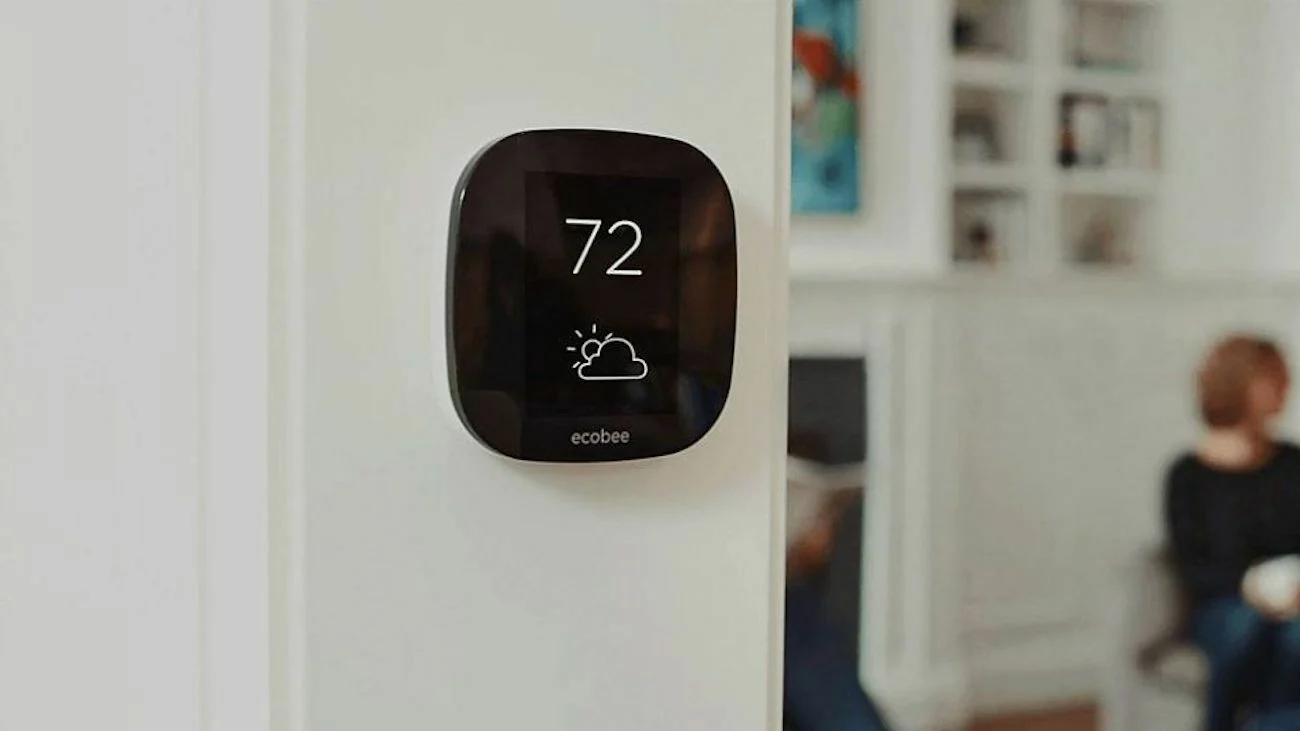
For HVAC systems without C-wire, the kit includes a power extension cable (PEC), which is already in delivery.
And another small addition that’s a plus is the amazingly detailed paper manual that walks you through the entire physical installation process – we prefer printed documentation rather than solely relying on the mobile app for instructions. Once you’ve wired it up, powered it on, and the new Ecobee has confirmed your HVAC setup, you need only inform the thermostat of your preferred temperature comfort ranges for when you’re at home, away, and sleeping.
It will then establish a basic schedule that will automatically adjust as it learns both your daily activity and any tweaks you make while using the app, via voice assistant commands, or by operating the thermostat itself. An onboard motion sensor and any remote sensors you deploy in other rooms (the kit comes with two) help the thermostat determine which rooms are occupied.
Geofencing is also supported, so you can program the thermostat to automatically adjust target temperatures to avoid needlessly heating or cooling your home while you’re not in it.
Google Nest T3019US Learning Thermostat
Externally and in size, the third generation Nest is almost the same as the previous model: a polished stainless-steel ring with a diameter of 8.4 cm and a thickness of 3.2 cm. Feelings, when working with the regulator, are excellent – the device fits comfortably in the hand and somehow very correctly.

And while the all-black design of the Ecobee3 looks stylish, the Nest still wins in this regard with its distinctive metal ring. The display of the new Nest is 40 percent larger and has a higher resolution – 3 inches in diameter, 480·480 pixels. As a result, the bezels on the display are much thinner, making it easier to see even across the room.
Connecting at home
In any smart system thermostat, one of the key selling points is the ability to interact with other smart home appliances. While Google devices are generally not compatible with Apple’s HomeKit program — and likely never will be — Nest has launched the Nest Weave protocol as part of its Works program, allowing third-party developers to use Nest’s API and Thread platforms to connect their own smart home devices.

In a nutshell, Nest Weave is a low-voltage mesh network that can be used with battery-powered devices such as a smart lock or window sensor to create ad hoc networks around the home. At the time of this post, only one Nest Weave device has been introduced – a smart lock from Yale – but other companies such as Philips, Lutron, and General Electric have announced plans to release compatible products.
But even now, the Nest thermostat works with a wide range of home devices, including Logitech Harmony remotes, Philips Hue lights, Pebble watches, Misfit and Jawbone activity trackers, Whirlpool, LG, and GE products, and locks from Kevo.
August and Yale. The Nest Cam can automatically notify you if the thermostat in Away mode detects movement in the house. In addition, you can connect Nest to the IFTTT platform, which allows you to automatically change thermostat settings based on other triggers. Of course, Nest does not integrate well with iOS. In comparison, Ecobee3 is now HomeKit compatible.
Cielo Breez Plus Smart Air Conditioner Controller
While this isn’t the most attractive air-conditioner controller we’ve seen, it is the most versatile and the easiest to set up and use. It’s also compatible with more conditioner models than its competitors.
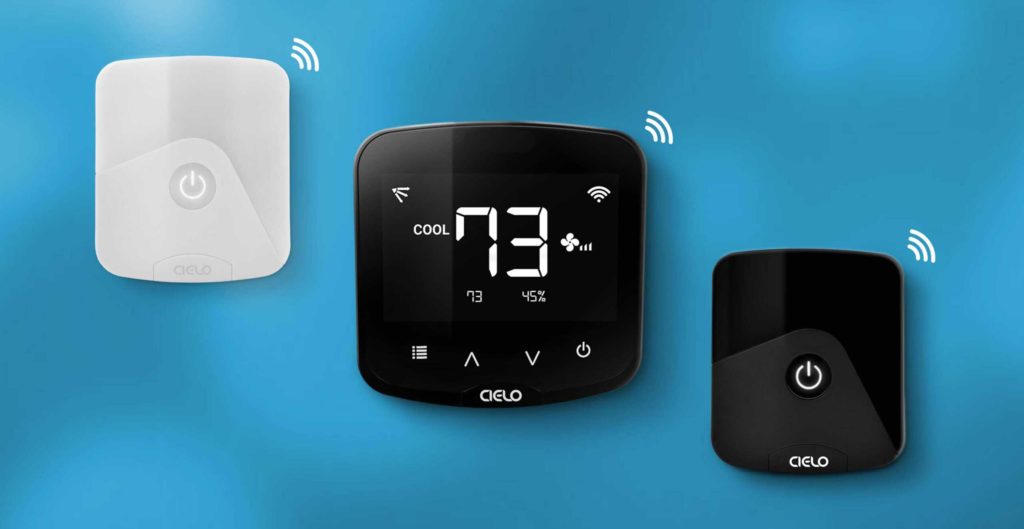
Easy to set up and incredibly responsive, the Cielo Breez Plus is one of two Wi-Fi-connected air-conditioner controllers this company manufactures. Like many similar devices we’ve tested, the simpler (and less expensive, at a street price of $68) Breez Eco relies entirely on the Cielo Home app.
The pricier Breez Plus, reviewed here, has a street price of $109, but it features a display and onboard controls, so you can program a connected air conditioner without needing to pull out your mobile device.
In control
The Breez Plus, like all Wi-Fi A/C controllers, allows your portable, window, mini-split air conditioners, and many other types of air conditioners to be much smarter. Not only does this save you money by reducing power consumption, but it also gives you more control over your device. The controllers work just like a smart thermostat for an smart system, controlled by one system in one room.

Attention! They must be within sight of the air conditioner to work well. This kind of electronic product can only work with air conditioners that have the same type of remote.
But most of the similar products that compete with Breez Plus, including Sensibo Sky and Tado Smart AC Control, make do with air conditioners that have remote controls with displays.
In turn, as the Cielo controller selects this type of remote control, its multiple-match list includes both.
For Breez Plus to be able to control it, your air conditioner must still have some kind of wireless remote control. The Breez Plus personal display shows both relative humidity and room temperature, is easy to read and is dimmable. You can also enter a comfortable comfort range for both values in the Cielo Home app.
You can also create weekly or daily modes with your mobile device: just set the days of the week, time, temperature, and fan speed to get the efficiency limit point. However, I found the day selector confusing, as it’s hard to tell if you’re selecting or deselecting a day.
When you leave the circle of the designated geofence, the app will turn off your air conditioner to save energy and turn it back on when you enter the circle again so that your house is already cool when you get there.
Sensibo Sky, Smart Home Air Conditioner System
There are now several smart air conditioners on the market, but what if you already have a window, wall, or portable AC unit? The Sensibo Sky is an inexpensive and effective way to add some smarts to your window air conditioner.
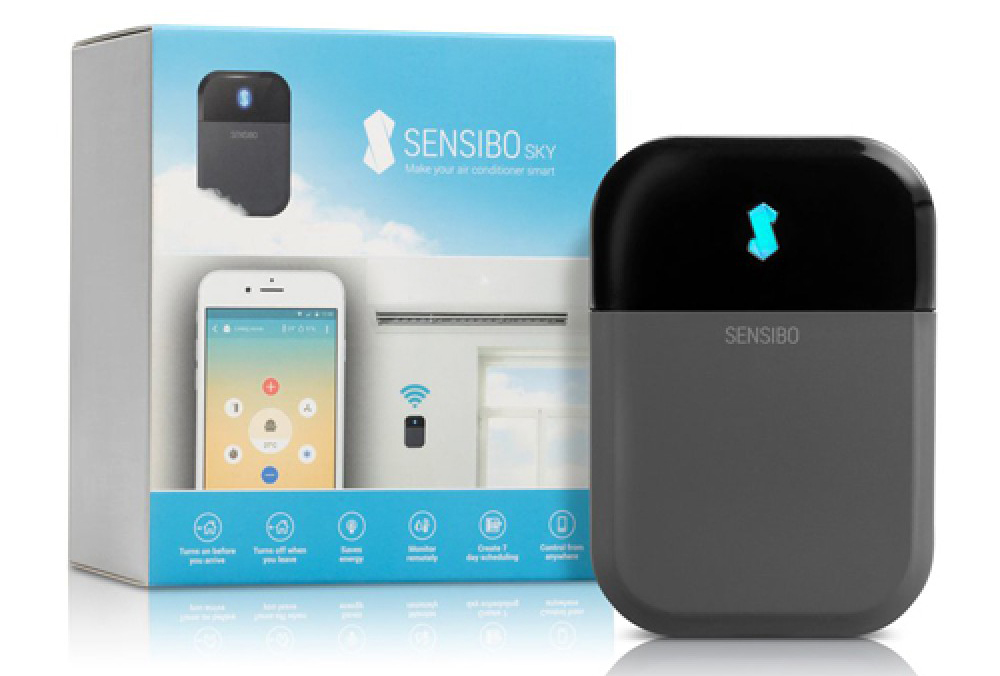
Not only does this little device let you control your A/C remotely using your smartphone, but it also integrates well with voice. Plus, Sensibo’s app is pretty robust on its own, which is why it’s one of the best smart thermostats for those with window units.
How does it work?
The Sensibo device is a small piece of rounded black plastic that measures 3.2 × 2.2 × 0.8 inches; the upper third has a glossy finish and the Sensibo logo, while the lower two-thirds is matte. Inside this unobtrusive box are an infrared transmitter and a thermometer.

The Sensibo connects to your home Wi-Fi network so that by using the Sensibo app on your smartphone, you can send commands to turn your air conditioner on and off, set schedules, and more, from wherever you happen to be.
Sensibo is similar in many ways to the equally inexpensive Cielo Breez(opens in new tab); however, that device is larger, at 5.3 × 2.8 × 0.9 inches, and has a screen on the front, so you can view the room temperature and humidity; two buttons below let you adjust the thermostat without having to pull out your phone.
Sensibo’s device has no physical controls, so you have to use its app to see and change the temperature.
Setup
Installing Sensibo is a very painful process. After installing the application on the device, launch the Sensibo application on your smartphone and start connecting the device to your home Wi-Fi network.
The app then asks you to point the air conditioner at the Sensibo and press the on/off button on the remote control. Sensibo always recognizes the remote control for the Frigidaire air conditioner. The installation process requires that you know the model number of the remote control you are using and select it from the drop-down menu.
What are smart HVAC systems?
Smart HVAC system is heating, ventilation, and air conditioning systems that utilize advanced technologies to provide more efficient and effective temperature and climate control in buildings. These systems typically incorporate sensors, automation, and connectivity to enable remote monitoring and control of HVAC system. Some of the key features and benefits of smart HVAC technology include:
- Energy efficiency: Smart HVAC system is designed to optimize energy use and reduce energy waste by adjusting heating and cooling based on occupancy patterns, weather conditions, and other factors.
- Remote control: Smart HVAC technology can be controlled remotely via a mobile app or web interface, making it easy to adjust temperature settings or check system status from anywhere.
- Predictive maintenance: Advanced sensors and analytics can detect issues with HVAC system before they become major problems, allowing for proactive maintenance and reduced downtime.
- Personalized comfort: Smart HVAC system can be programmed to meet the unique temperature and climate preferences of different occupants, providing a more comfortable living or working environment.
Overall, smart HVAC systems offer a range of benefits for both residential and commercial buildings, including improved energy efficiency, cost savings, and enhanced comfort and convenience.
The app also works in reverse, sending information from the thermostat to the app, including real-time data such as the current indoor temperature or upcoming service requests. There are also systems with motion sensors.
These sensors can send information to the thermostat, and if someone is in the room, tell the device that the temperature is rising.
Your home may have systems installed that automatically regulate the fans in the heating and cooling system, shutting off the flow in one room and increasing the flow in another. Any product or innovation that uses software and applications to make better use of home heaters or air conditioners can be considered an smart HVAC system.

Frequently Asked Questions
What is the most effective HVAC system?
Geothermal systems are by far the most energy-efficient smart HVAC system. They use consistent temperature of the earth’s surface to heat and cool your home.
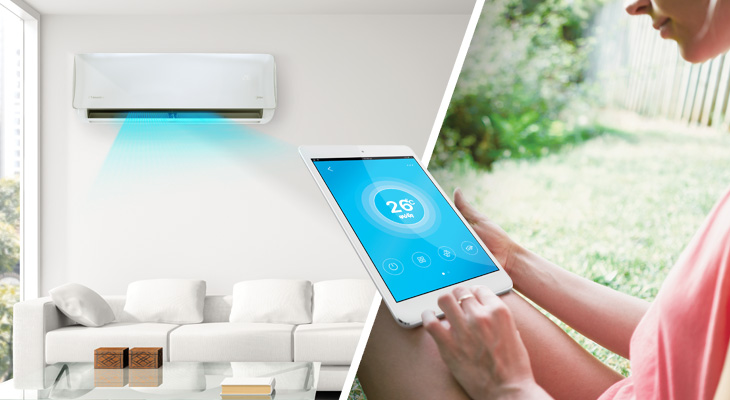
Is there such a thing as a smart furnace?
Yes. A Smart HVAC system (Heating, Ventilation, and Air Conditioning) uses smart, wireless technology to communicate with other smart devices and sensors in your household or business.
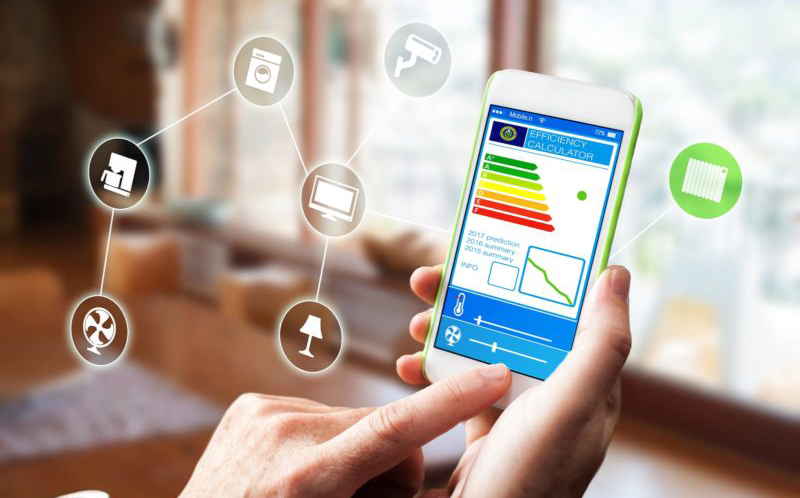
Conclusion
Growing demand for IoT-connected smart HVAC systems is driving the growth in smart thermostat supply. By 2022, the global market for these devices is expected to grow by 29% to reach $37.5 billion.
The widespread adoption of smart HVAC technology will soon change the way utilities determine electricity prices. Currently, most electricity suppliers have fixed prices that do not change regardless of demand and fluctuate throughout the day. Widespread adoption of the IoT will enable “time-of-use pricing”, which means that households will purchase energy through supply and demand mechanisms.
Intelligent air conditioning systems make our facilities environmentally friendly by optimizing energy consumption. However, automating smart air conditioning systems is the first step toward transforming the environment in our buildings. Solar air conditioning may be another solution.
What are smart HVAC systems?
Smart HVAC systems are heating and cooling systems that can be controlled remotely through a smartphone or other internet-connected device, allowing you to adjust temperature, set schedules, and monitor energy usage from anywhere using a mobile app or voice commands via a smart assistant. They can help you save energy and reduce utility bills by automatically adjusting the temperature based on your preferences and occupancy patterns.
How much does a smart HVAC system cost?
The cost of a smart HVAC system varies depending on several factors, such as the type of system, the size of your home, and the features you want. On average, a smart thermostat for a central heating and cooling system can cost between $100 to $300, while a complete smart HVAC system can range from $1,500 to $8,000 or more, including installation costs.
How can I make my HVAC smart?
To make your HVAC system smart, install a compatible smart thermostat that connects to your home Wi-Fi network, allowing you to remotely control the temperature, set schedules, and monitor energy usage using a mobile app or voice commands via a smart assistant. Popular smart thermostat brands include Nest, Ecobee, Honeywell, and Emerson. Ensure compatibility with your HVAC system and have the necessary tools to install it before making a purchase.
What is the most efficient HVAC system?
The most efficient HVAC system depends on several factors such as the size of your home, your climate zone, and your budget. However, in general, a geothermal HVAC system is considered to be the most efficient, with an efficiency rating of up to 600%. Geothermal systems use the earth’s constant temperature to heat and cool your home, which can reduce energy consumption and lower utility bills.
Can I buy HVAC system myself?
While it is technically possible to purchase an HVAC system yourself, it is not recommended. HVAC systems are complex and require professional installation to ensure safety, efficiency, and optimal performance. Attempting to install the system yourself could also void the manufacturer’s warranty and result in costly repairs or replacements in the future. It’s best to consult with an HVAC professional who can assess your home’s needs, recommend the best system for your budget, and properly install and maintain the system.
Is HVAC an IoT?
Yes, HVAC (Heating, Ventilation, and Air Conditioning) systems can be considered part of the Internet of Things (IoT) when they are connected to the internet and can be controlled remotely through a smartphone or other internet-connected device. Smart HVAC systems, which include a smart thermostat and can be controlled through a mobile app or voice commands via a smart assistant, are examples of IoT-enabled HVAC systems.
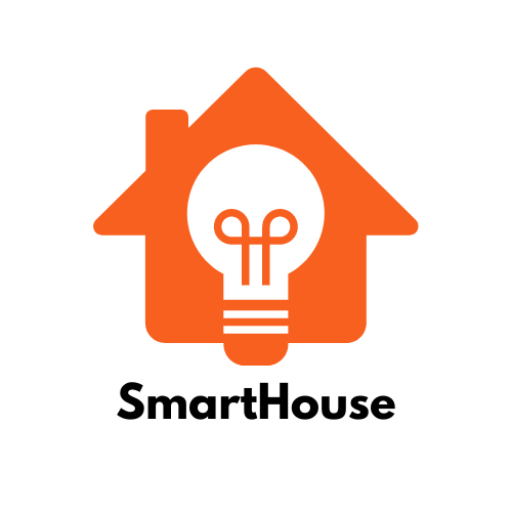
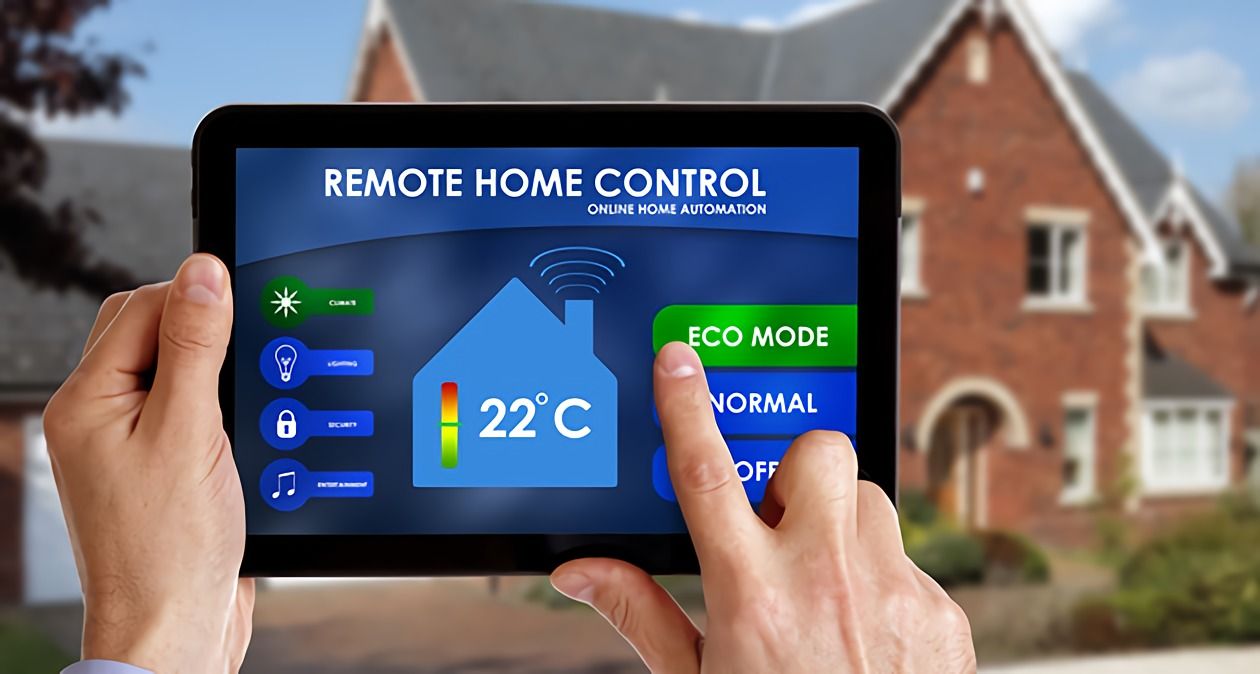
Leave a Reply